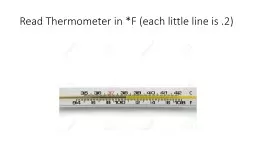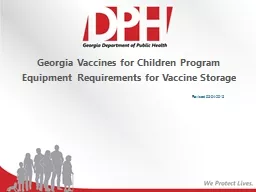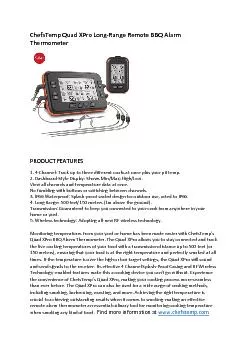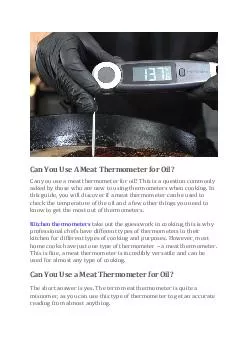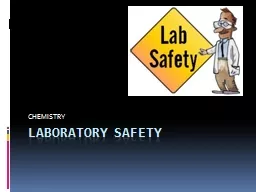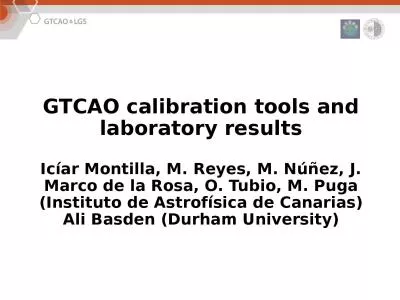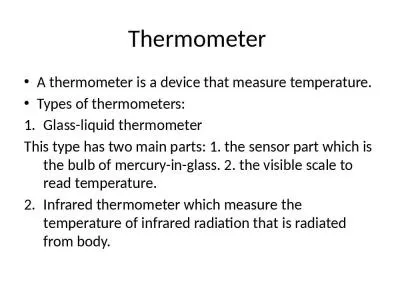PPT-CALIBRATION OF LABORATORY GLASSWARE: BUTYROMETER, PIPETTES, LACTOMETERS, THERMOMETER AND
Author : gabriella | Published Date : 2023-09-25
DTC 311 Chemical Quality Assurance Binod Kumar Bharti Assistant Professor cum Jr Scientist Department of Dairy Chemistry Sanjay Gandhi Institute of Dairy Technology
Presentation Embed Code
Download Presentation
Download Presentation The PPT/PDF document "CALIBRATION OF LABORATORY GLASSWARE: BUT..." is the property of its rightful owner. Permission is granted to download and print the materials on this website for personal, non-commercial use only, and to display it on your personal computer provided you do not modify the materials and that you retain all copyright notices contained in the materials. By downloading content from our website, you accept the terms of this agreement.
CALIBRATION OF LABORATORY GLASSWARE: BUTYROMETER, PIPETTES, LACTOMETERS, THERMOMETER AND: Transcript
Download Rules Of Document
"CALIBRATION OF LABORATORY GLASSWARE: BUTYROMETER, PIPETTES, LACTOMETERS, THERMOMETER AND"The content belongs to its owner. You may download and print it for personal use, without modification, and keep all copyright notices. By downloading, you agree to these terms.
Related Documents

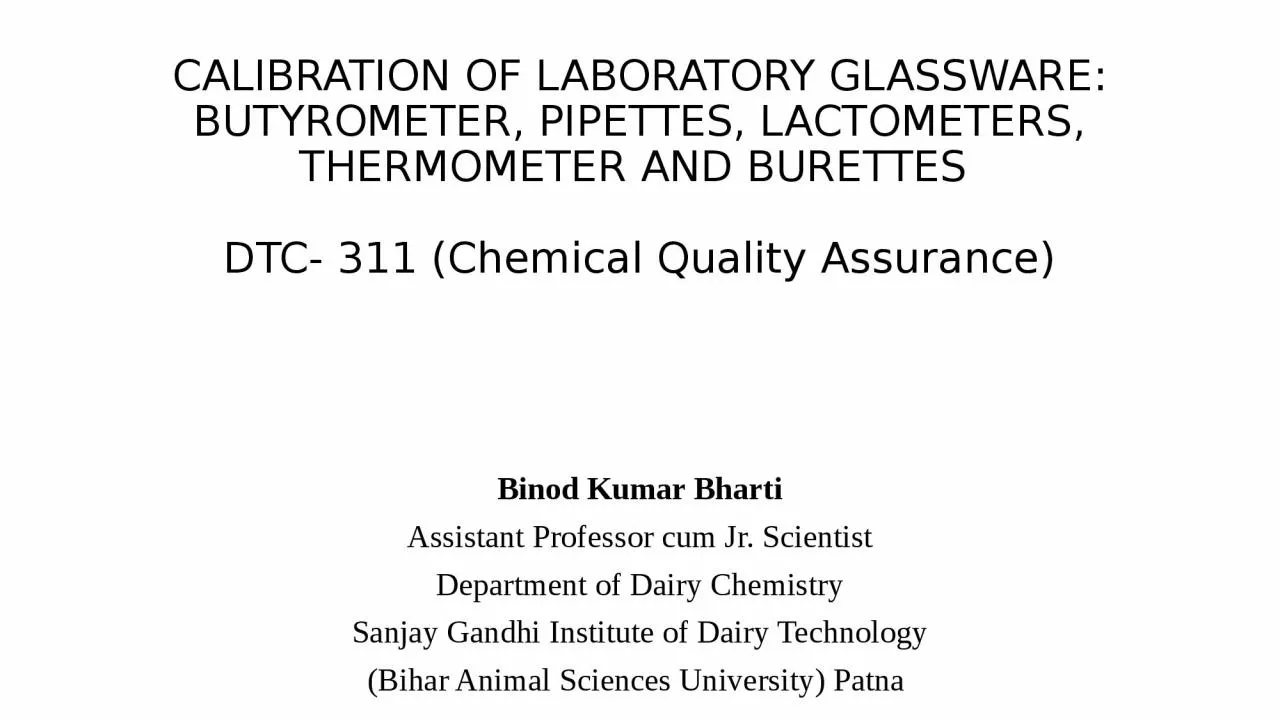
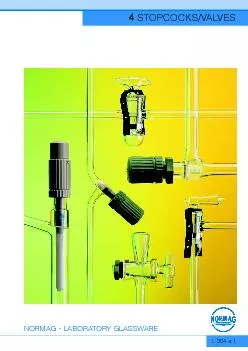
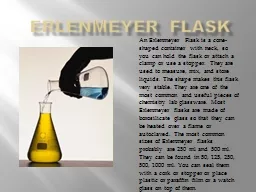
![BCH 312 [PRACTICAL]](https://thumbs.docslides.com/366594/bch-312-practical.jpg)



